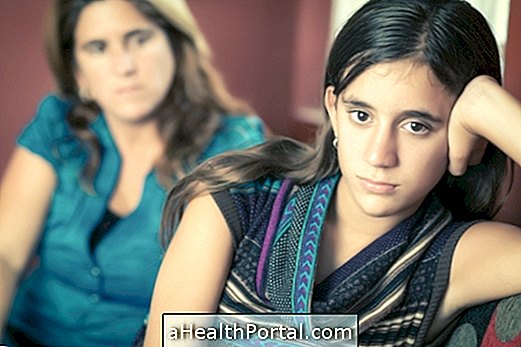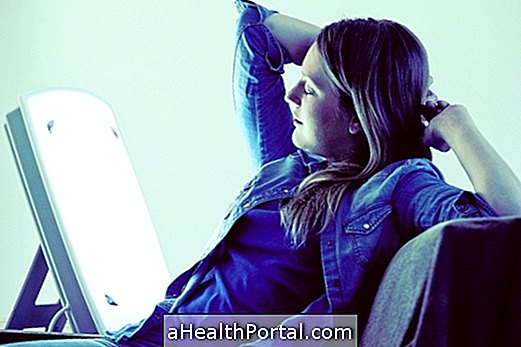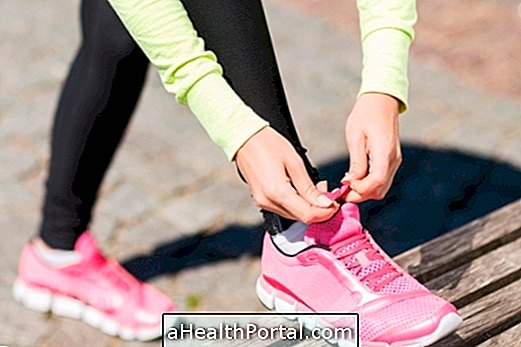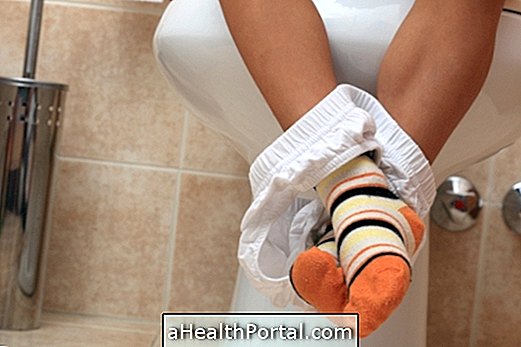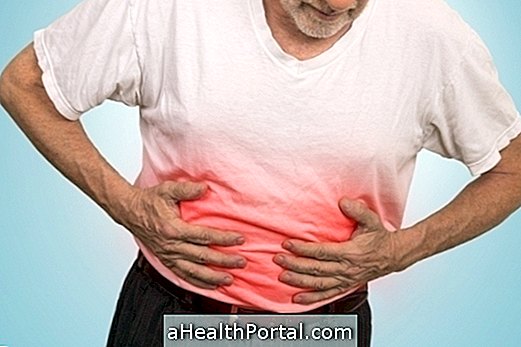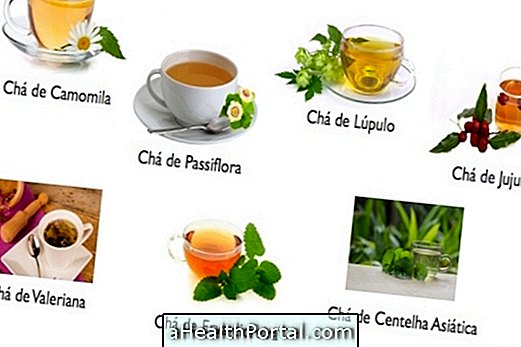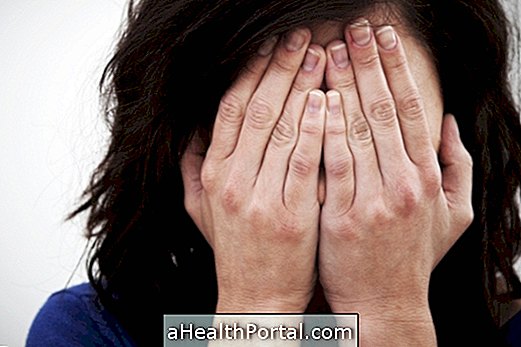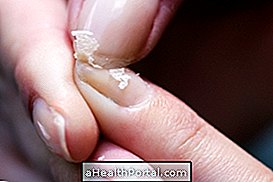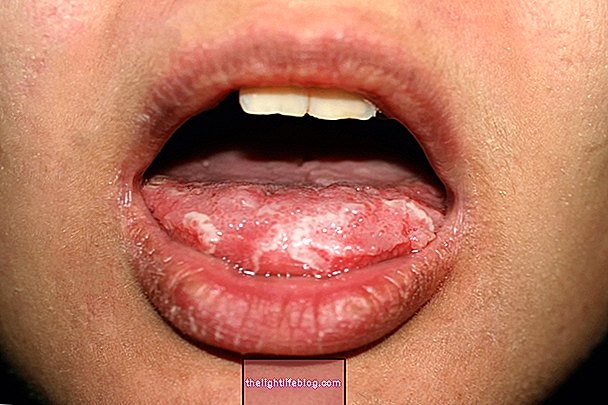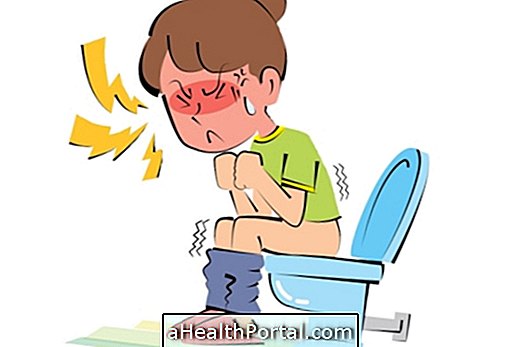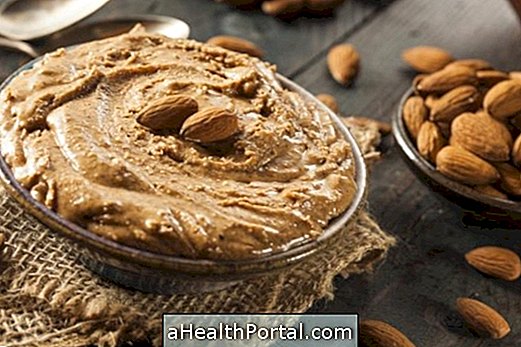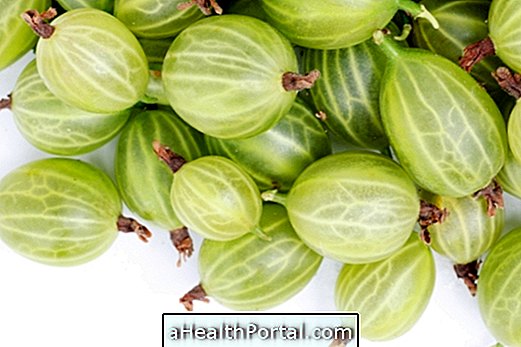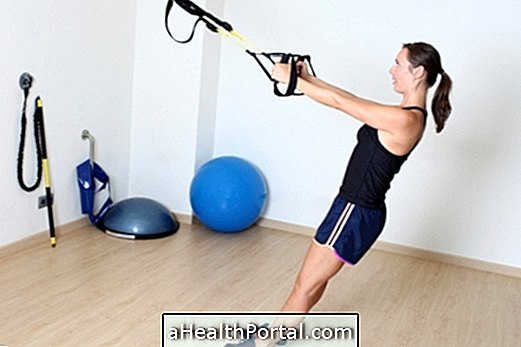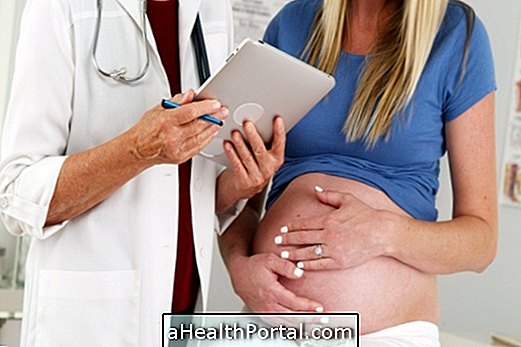Mastitis is an inflammation of the breast that causes symptoms such as pain, swelling or redness, and may or may not be accompanied by an infection and consequently cause fever and chills.
Generally, this problem is more common in women who are breastfeeding, especially in the first three months after birth, due to obstruction of the channels through which the milk passes or through the mouth of the baby. However, it can also occur in men or any other stage of a woman's life due to bacteria entering the breast in cases of nipple injury, for example.
In most cases, mastitis affects only one breast, and symptoms usually develop in less than two days. Mastitis, however, has a cure and should be treated as soon as possible to prevent infection and worsen the symptoms. See a more complete list of mastitis symptoms.
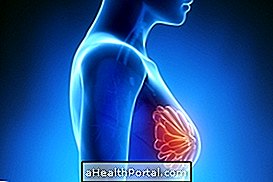

How to prevent mastitis
In cases of women who are breastfeeding, the likelihood of developing mastitis can be reduced as follows:
- Completely empty the breast after breastfeeding;
- Let the baby empty the first breast before giving the other, alternating the breasts in the next feeding;
- Vary the position to breastfeed so that the milk is withdrawn from all segments of the breast;
- Breastfeed more often, especially if the breast is full of milk;
- Place the baby in the proper position, positioning it in front of the breast, with the mouth at the height of the nipple, avoiding the mother to force the posture, since it can cause lesions in the nipple. See the correct position for breastfeeding.
- Avoid wearing tight clothing by opting for clothes that support the breast without creating excessive pressure.
Already in other cases, it is important to treat wounds close to the nipple correctly to prevent the entry of bacteria that cause mastitis. A good example is to properly treat wounds caused by the placement of piercings on the nipple. Check out how to take care of the piercing after placement.
Who is at increased risk of mastitis
There are several risk factors that can be at the origin of a mastitis. The most likely occurrence is in women who are breastfeeding, being more frequent in the first weeks after birth, especially if breastfeeding is always in the same position.
Also, if the mother is too tired or stressed, makes a poor diet, wearing too tight clothes, or carrying heavy bags, mastitis may also be easier.
In men or women who are not breastfeeding, the appearance of cuts or sores on the nipple may be the source of mastitis, but their development may occur only due to the natural aging of the breast, especially in menopause.

How to relieve symptoms
Some ways to relieve mastitis symptoms at home are:
- Rest as much as possible between feedings;
- Breastfeed more often so the breast does not get full of milk;
- Vary the position in which you breastfeed;
- Drink about 2 liters of liquids a day like water, teas or coconut water;
- Apply warm compresses to the breast or take a hot bath;
- Massage with delicate circular motions of the affected part;
- Wear a sports bra.
If breastfeeding becomes very painful or if the baby refuses to drink in the inflamed breast, one can take the milk manually or with a pump. Here's how to store breast milk.
In cases where an infection develops, levels of sodium and chloride in milk will increase and lactose levels will decrease, which leaves milk with a different taste and can be rejected by the child. You can opt for infant formula until the mastitis is treated.
